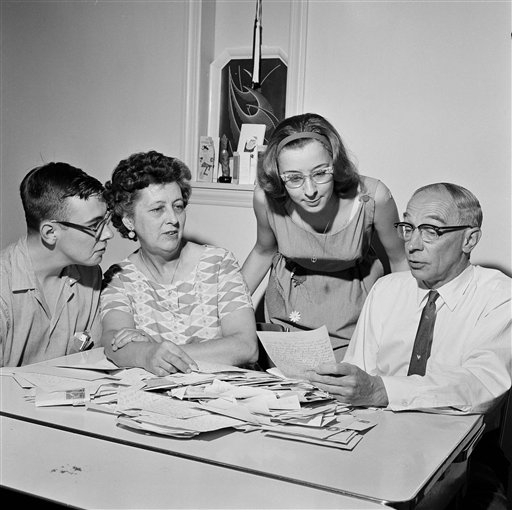Chamberlin v. Dade County Board of Public Instruction, 377 U.S. 402 (1964), a brief per curiam Supreme Court opinion, reversed a Florida Supreme Court decision that had upheld devotional Bible readings and prayers in the public schools.
Court struck down Bible readings and prayers in public schools again
The Court decided that the lower court had not appropriately raised issues relative to baccalaureate services, a religious census of pupils, and a religious test for teachers.
The Court pointed to the precedent in Abington School District v. Schempp (1963) striking down devotional exercises and to Asbury Hospital v. Cass County (1945) dismissing the other issues.
Justice William O. Douglas, in a partial concurrence joined by Justice Hugo L. Black, argued that the issue of a religious test for teachers — which the lower court had justified as a way of promoting the morality of teachers — should be argued and might be covered by the Court’s decision in Torcaso v. Watkins (1961).
John Vile is professor of political science and dean of the Honors College at Middle Tennessee State University. He is co-editor of the Encyclopedia of the First Amendment. This article was originally published in 2009.

